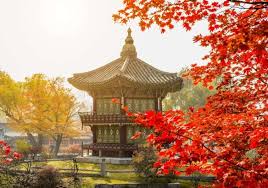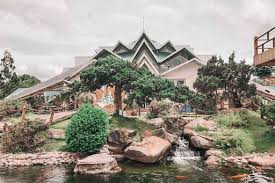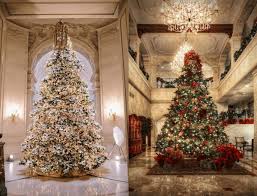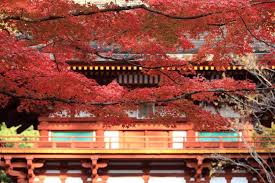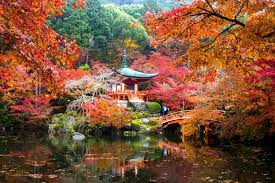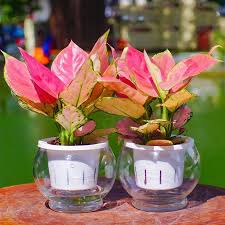The Evolution and Changes in Royal Clothing Through the Dynasties
Royal clothing is not just a matter of fashion; it is a powerful symbol of a monarch’s authority, status, and the culture of their era. From ancient times to the present day, royal garments have undergone significant transformations, reflecting the political, cultural, and social changes of the times. The way monarchs dress has long been

